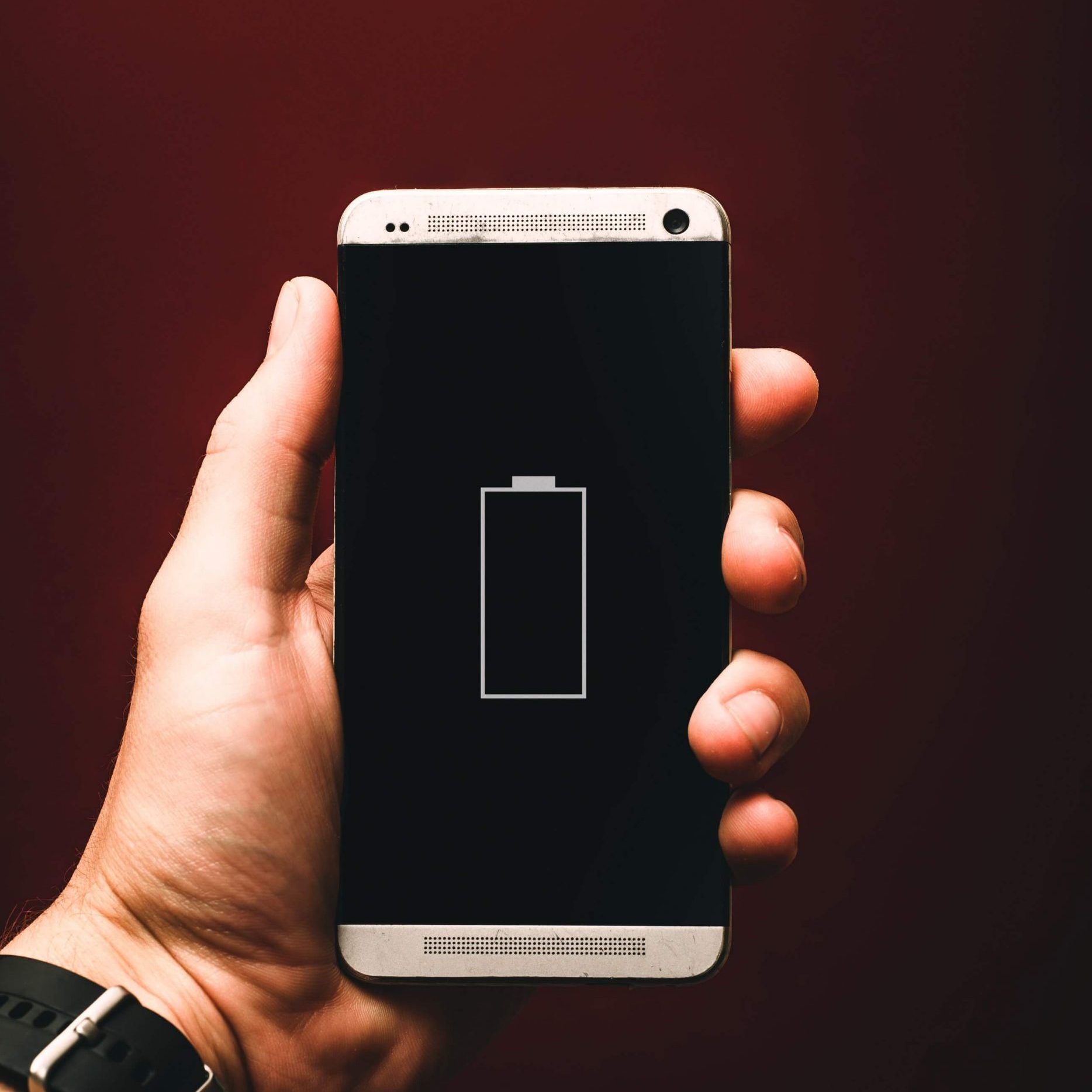
AI-generated summary
Renewable energy sources like solar and wind are intermittent, producing energy only when the sun shines or wind blows. This intermittency creates a critical need for efficient energy storage solutions to ensure consistent power supply during low production periods and peak demand times. Batteries are central to this challenge, especially for enabling clean transportation and providing energy access in remote areas. According to Gleb Yushin, a materials science expert from Georgia Tech and co-founder of Sila Nanotechnologies, the materials used in batteries fundamentally determine their performance characteristics—such as range, recharge times, safety, and cost—which directly impact electric vehicles and energy storage systems.
Over the past three decades, lithium-ion (Li-ion) batteries have seen significant improvements, tripling energy density and drastically reducing costs. However, current Li-ion technology is nearing its limits in price and performance and relies heavily on scarce, expensive, and environmentally damaging materials like cobalt and nickel. Yushin highlights the need for batteries that use abundant, low-cost, and environmentally friendly materials that can be produced economically at scale and remain compatible with existing manufacturing infrastructure. The future lies in silicon-anode batteries, which offer higher capacity, lower cost, reduced reliance on scarce elements, and can be manufactured in existing facilities. Companies like Sila Nanotechnologies are pioneering this technology, with adoption already underway in industries such as automotive, exemplified by Mercedes-Benz’s recent announcement to use Sila batteries. Furthermore, new battery factories are powered entirely by renewable energy, creating a sustainable production cycle that supports global net-zero emissions goals by 2050.
New materials are allowing to design and build batteries that are more efficient, more durable, faster to charge and safer. Gleb Yushin, a world-renowned expert in the field, shares his findings.
Renewable energies such as solar and wind have discontinuous availability: when the sun goes down or when there is not enough wind, no energy is produced. Thus, one of the great challenges to be solved is how to store the energy from these sources so that it can be used when there are production valleys and demand peaks.
While there are very interesting initiatives for storing clean energy, batteries play a fundamental role on the path to a net zero world, since transportation and access to energy in remote and isolated locations depend on them.
As expert Gleb Yushin points out, it is the materials that make up a battery that determine the fundamental characteristics of the battery and, therefore, the characteristics of an electric vehicle: range, acceleration, recharge times, safety and final cost.
Gleb Yushin was one of the more than 30 global experts who took part in our last Future Trends Forum, Building a net zero world.
He is a professor at the School of Materials Science and Engineering at Georgia Tech (the Georgia Institute of Technology) and co-founder of several companies, including Sila Nanotechnologies.
Professor Yushin has received numerous awards and recognitions for his contributions to materials science. In addition, he has co-authored more than 30 patents and patent applications and more than 100 publications on applications related to nanostructured electronic materials. His current research focuses on novel energy storage materials and devices for electronic, transport and networking applications.
In his presentation, Gleb tells us, among other things, about the present and the future of batteries:
Below, we outline some of the ideas presented by Gleb Yushin:
Lithium-ion batteries (Li-ion)
Over the past 30 years, incremental improvements in lithium-ion (Li-ion) battery technologies have increased energy densities in both volume and weight by more than 3 times and reduced cell prices by as much as 50 times. As a result, these types of batteries have almost completely replaced other rechargeable battery technologies in most portable applications.
But Li-ion batteries, such as they are known, are reaching their price and energy density limits.

The cost of batteries should be further reduced to accelerate the transition to a net-zero world. Quickly and drastically: from the current $100-200 per kWh to less than $50 per kWh. This could be feasible if traditional active electrode materials would be replaced by low-cost, widely available, high-capacity active materials.
Dr. Yushin points out that current Li-ion batteries are not only dependent on lithium, but also on nickel and cobalt, which are scarce elements, highly concentrated geographically and also highly polluting in their extraction methods.
For industrial purposes, the synthesis methods must also be inexpensive on a large scale and based on the use of low-cost and widely available raw materials. Finally, it is important that the new materials remain fully compatible with the Li-ion battery factories that are currently in service, to enable their successful commercialization.
The future: silicon-anode batteries
Sila Nonotechnologies is working to create batteries that meet the above challenges: more powerful, lighter and smaller in volume, cheaper and less dependent on scarce and increasingly expensive elements.
And, at the same time, that these batteries could be manufactured on a large scale and in existing facilities.
In other words, combining cutting-edge scientific research with the engineering required for manufacturing.
How can this be achieved? The main difference with current Li-ion batteries lies in the silicon anodes, but new cathodes are also being investigated that make it possible to do this without cobalt and nickel.
One of the great advantages of this type of solution is that the raw material is abundant, cheap and much less polluting than the currently used ones.
If you are interested in learning more about this new technology, you may wish to read The Future of Energy Storage: Towards A Perfect Battery with Global Scale.
The good news is that this technology is already available. Although research and engineering efforts remain to optimize the batteries and reach the desired performance and sales prices, the recent announcement by Mercedes-Benz to use Sila batteries represents the demonstration that it is a reality.
Building the batteries of the future with clean energy
The new batteries factories, such as the one being built by Sila, acquire all the required energy for their operation from clean energy sources, closing a very interesting loop to reach zero emissions by 2050.
Moreover, with the new silicon anode technology, the production of a factory can be increased by 25% with no additional investment in equipment or human resources.

